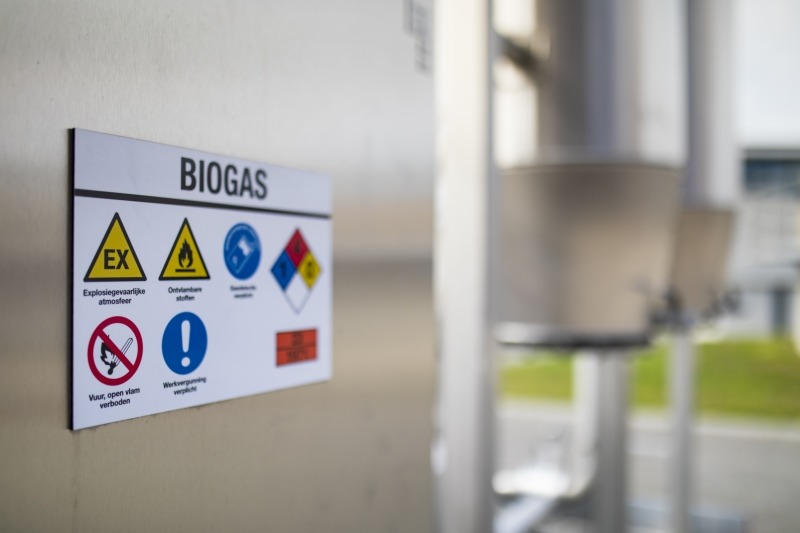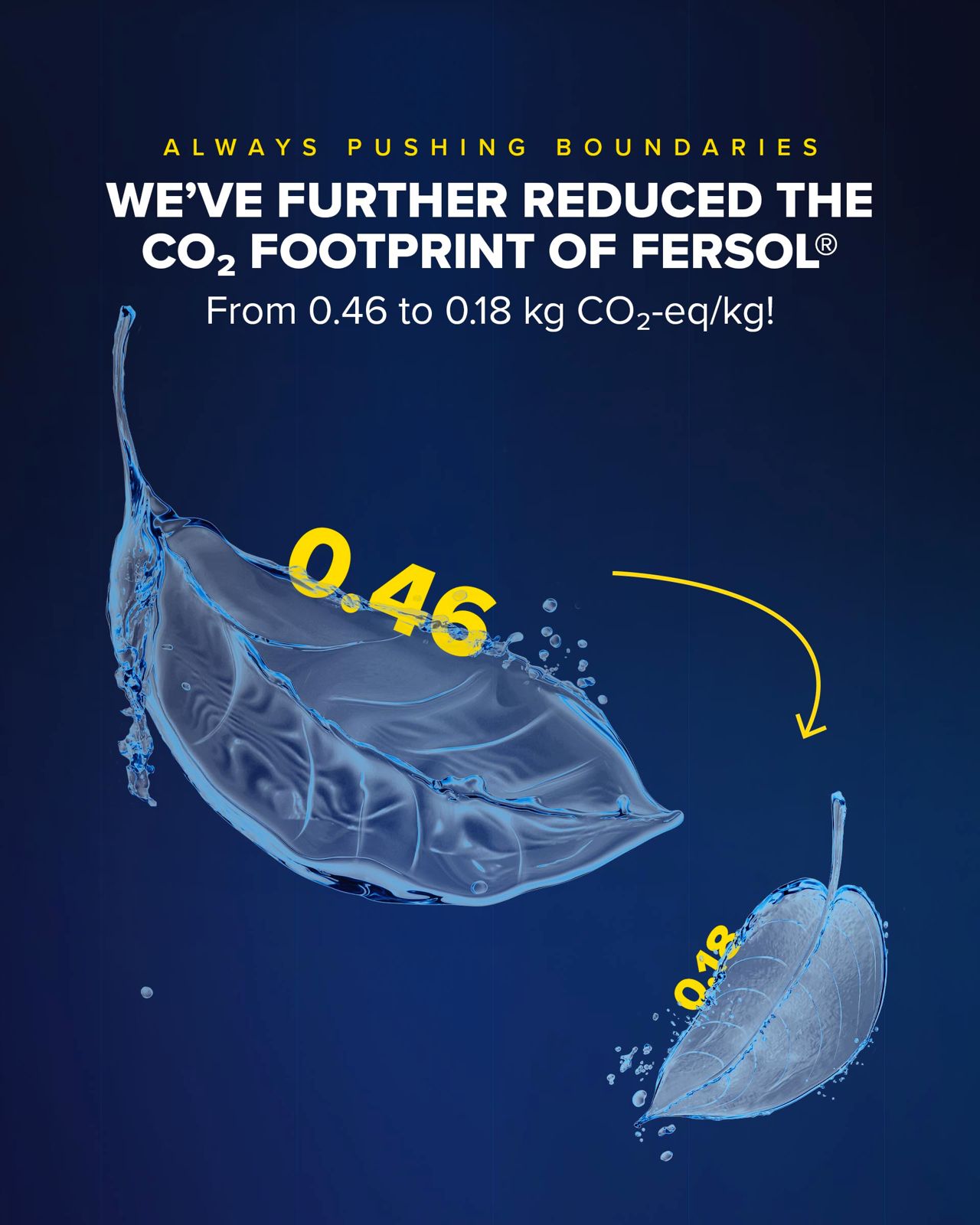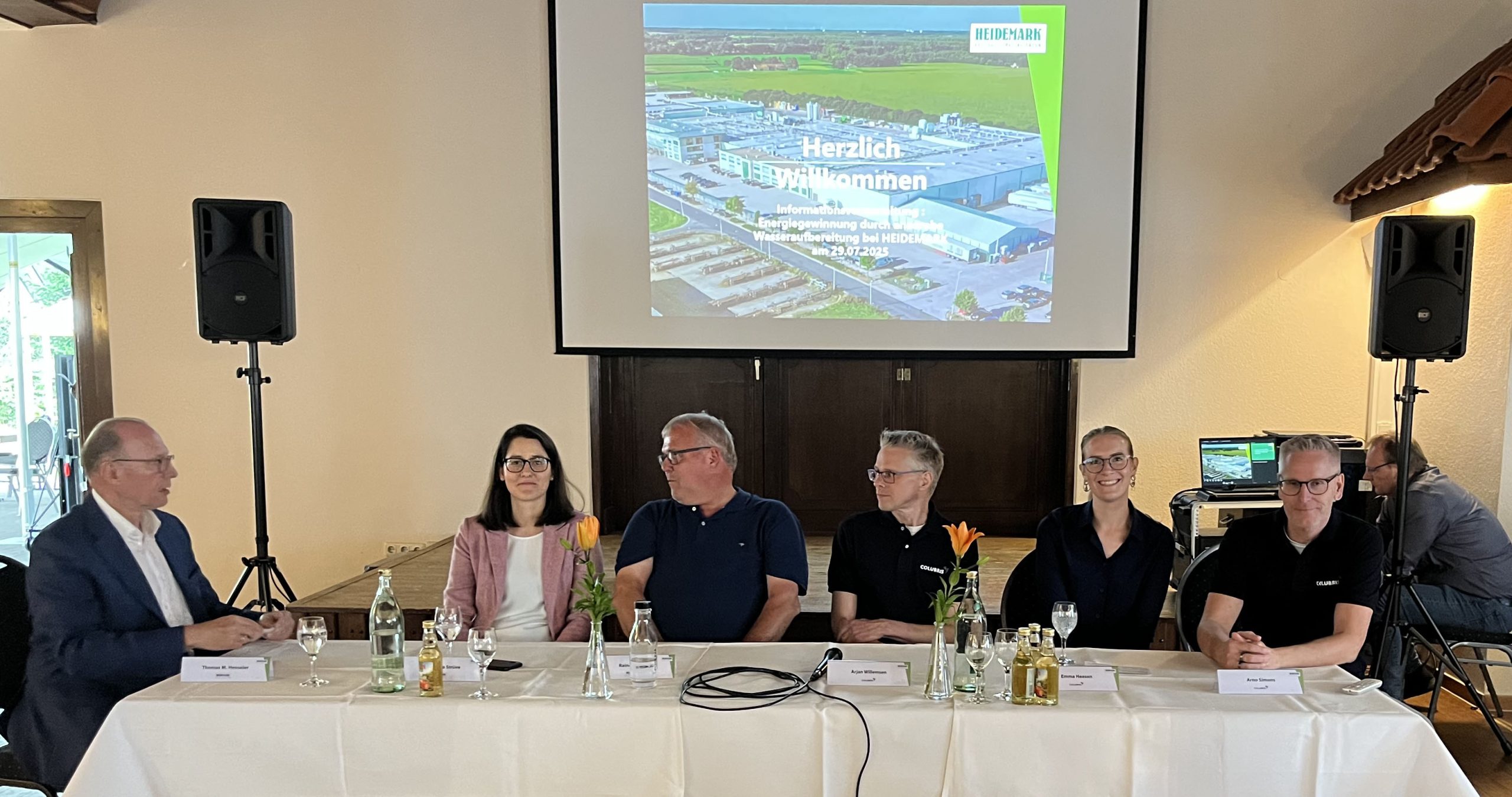The buildings of Wetterskip Fryslân, expertise and treatment center Fier, and Wetsus have been heated with biogas for many years. Fier is now switching to a sustainable alternative: heat pumps. The water authority will use the residual heat from its own biogas engine to heat its office building at the wastewater treatment plant. Wetsus had already transitioned earlier to locally produced green gas to continue heating its building sustainably.
A Shift Towards Sustainable Heating
In 2016, Wetterskip Fryslân, Fier, and Wetsus joined forces with Bouwgroep Dijkstra Draisma to invest in an innovative and sustainable heating solution for their buildings. They opted for biogas heating. The water authority supplied about 10 percent of its biogas via newly installed transport pipelines to the buildings of Fier (60,000 cubic meters) and later Wetsus (60,000 cubic meters).
In practice, however, the biogas boilers in the buildings of Wetterskip Fryslân, Fier, and Wetsus did not function well with biogas, often experiencing malfunctions. As a result, Wetsus stopped using biogas as early as 2021. Now, after nearly ten years, Fier has also chosen a different sustainable heating solution for its buildings.
Learning from the Experience
Anke van Dijke, Director of Fier, stated: “Together with Wetterskip Fryslân and Bouwgroep Dijkstra Draisma, we have worked incredibly hard over the past ten years to innovate in the field of sustainability through biogas. We did this to contribute to a more sustainable world. At the time, biogas heating was a highly innovative approach. Ultimately, however, this solution has proven not to be effective enough as a sustainable energy source. We are now switching to a sustainable alternative.”
According to Remco van Maurik, Executive Board Member of Wetterskip Fryslân, the biogas supply trial to external parties was not in vain: “We have learned a lot from this. Wetsus and Fier were able to avoid hundreds of tons of CO2 emissions while they were using biogas. At some point, however, consumers must weigh the costs against the benefits. We understand this and have discontinued the biogas supply in good consultation with Fier and Wetsus. Fortunately, we will now be able to utilize the freed-up biogas at our own location in Leeuwarden once we expand our biogas storage capacity.”
Utilizing the Remaining Biogas
Wetterskip Fryslân has decommissioned the biogas boilers at the wastewater treatment plant and will now use the residual heat from the biogas engine. At the Leeuwarden wastewater treatment plant (WWTP), Wetterskip Fryslân purifies wastewater from businesses and households. After purification, sludge remains as a residual product.
The WWTP has a digestion facility that processes this sludge, producing 1 million cubic meters of biogas annually. This biogas is converted into 2 million kilowatt-hours of electricity using a biogas engine. This sustainable energy covers half of the total power consumption of the wastewater treatment plant. The remaining heat from the biogas engine is used for the digestion process and heating the Greunshiem care center. Additionally, there is still enough residual heat available to heat the office building at the WWTP.
Biogas Battery
In addition to expanding storage capacity, Wetterskip Fryslân is exploring ways to use the biogas engines at the Leeuwarden WWTP more efficiently, allowing for increased electricity generation from biogas during the evening and night. This would make biogas a valuable complement to the solar energy generated at the wastewater treatment plant during the day.
Wastewater Sludge Processing
Wetterskip Fryslân treats 85 million cubic meters of wastewater annually at 27 wastewater treatment plants. This process generates 460,000 cubic meters of wastewater sludge as a byproduct. Currently, about 30 percent of this sludge is digested at WWTPs in Burgum, Drachten, Franeker, and Leeuwarden, producing biogas. This biogas is now converted into electricity and heat for internal use. The sludge from all 27 WWTPs is dewatered at the sludge dewatering facility in Heerenveen and transported to SNB in Moerdijk.
Moving Towards Climate Neutrality
Wetterskip Fryslân aims to be energy neutral by 2025 and climate neutral by 2030. To achieve this, the water authority is investing in biogas production combined with energy generation. It has also installed solar panels at its wastewater treatment plants and, in collaboration with the municipality of Súdwest-Fryslân, owns four wind turbines in the Nij Hiddum-Houw wind farm.
Photo: Daniël Hartog




